Teachers need quick tools for Spanish class, especially for beginners. Learning the alphabet is key, but making it engaging is a challenge. Printable Spanish alphabet cards could help, but finding just the right set takes time. It's about striking that balance between educational content and visual appeal.
We designed these printable Spanish alphabet (or numbers) cards for making learning fun and interactive. Each card features a letter with a corresponding picture to help remember it. They're great for flashcard games or pinning up around the classroom. Keeps learning engaging and helps students grasp the Spanish alphabet faster.
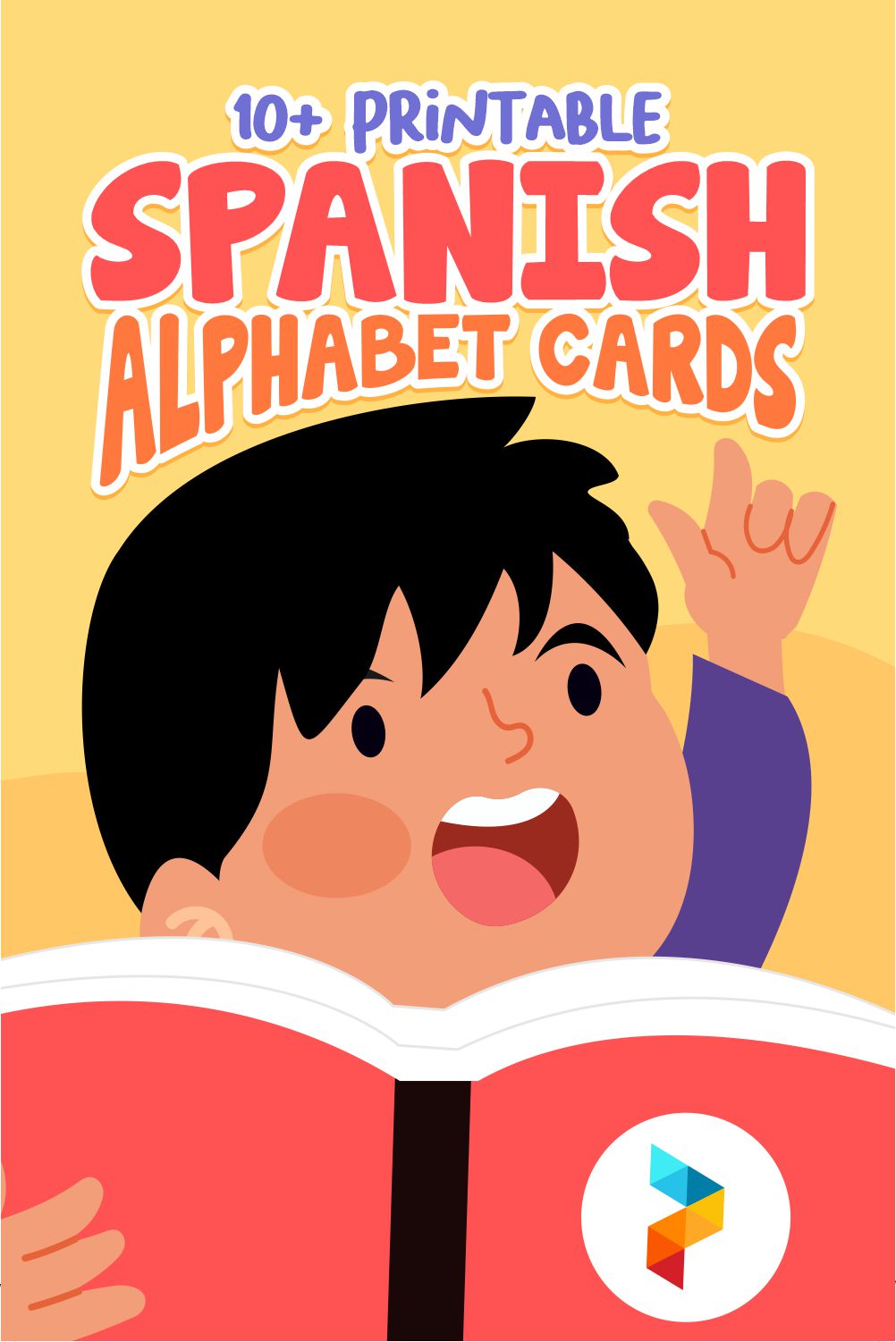
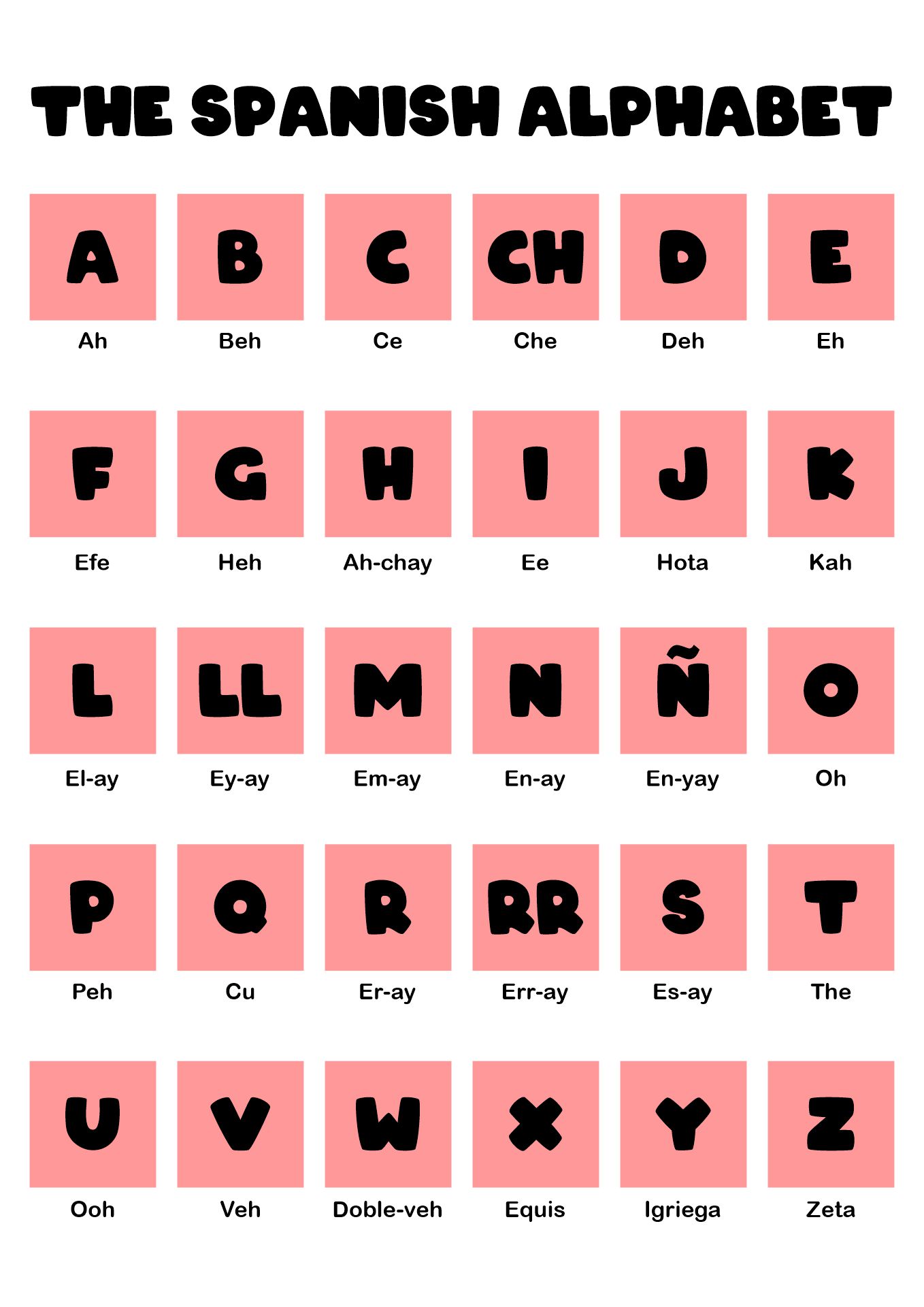
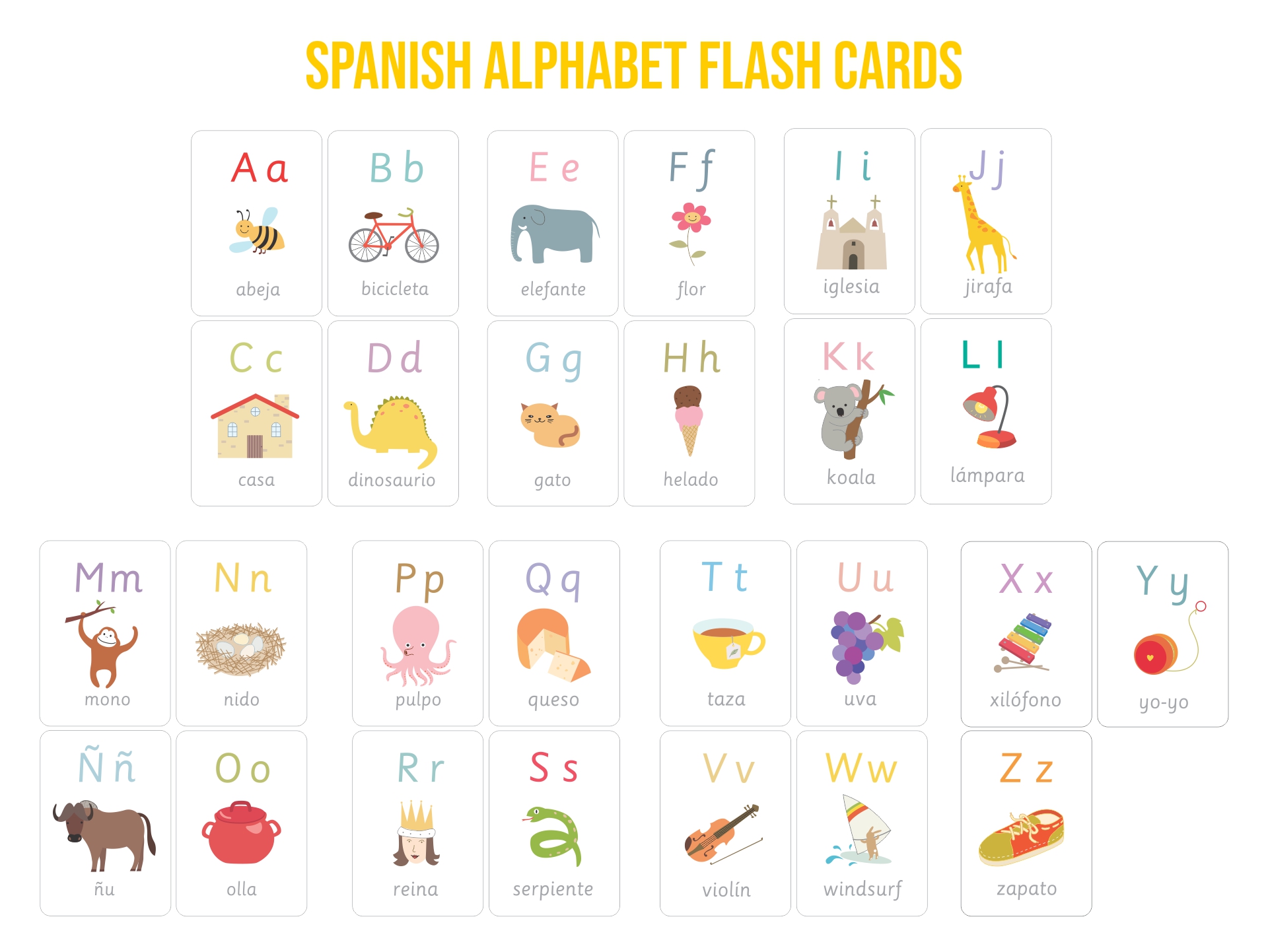
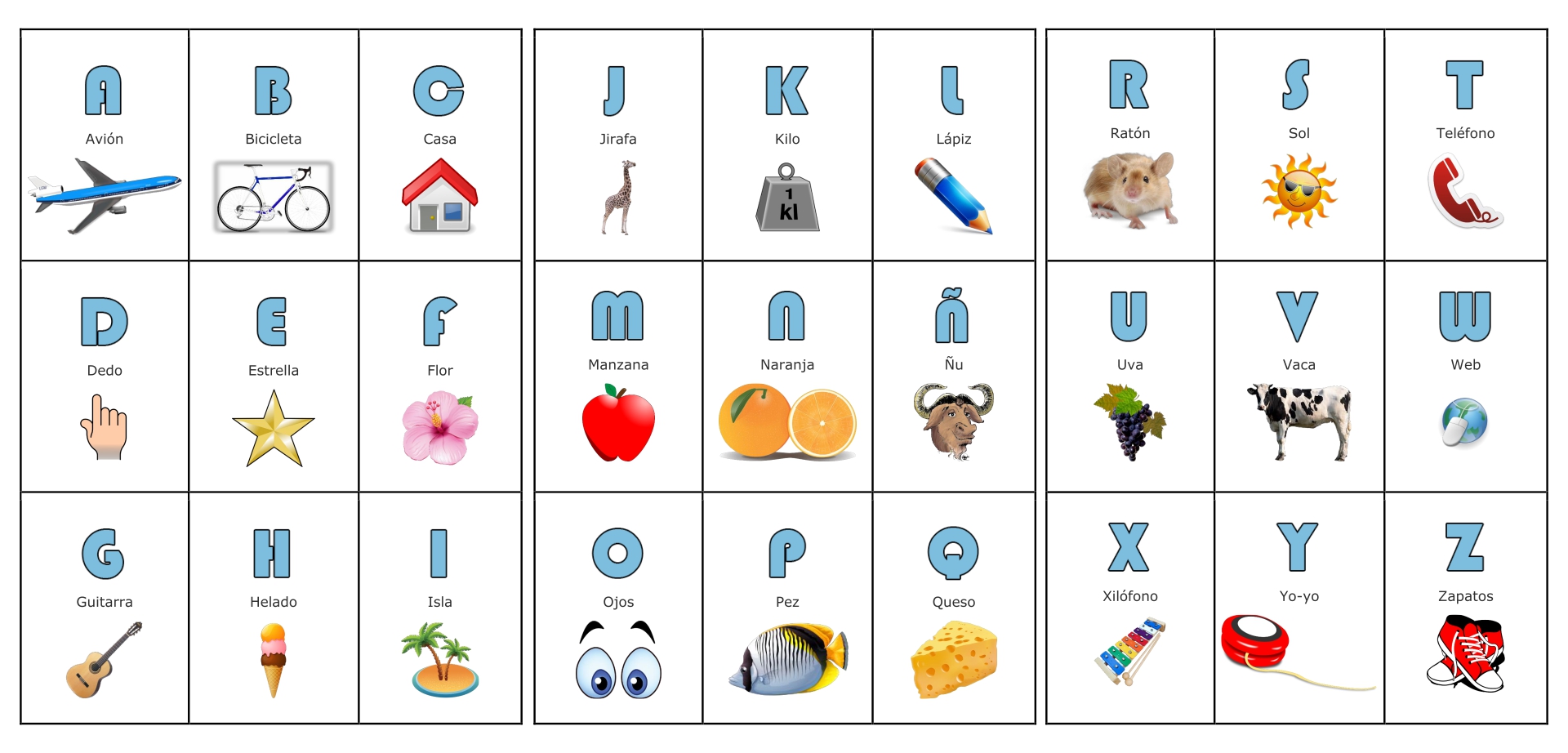
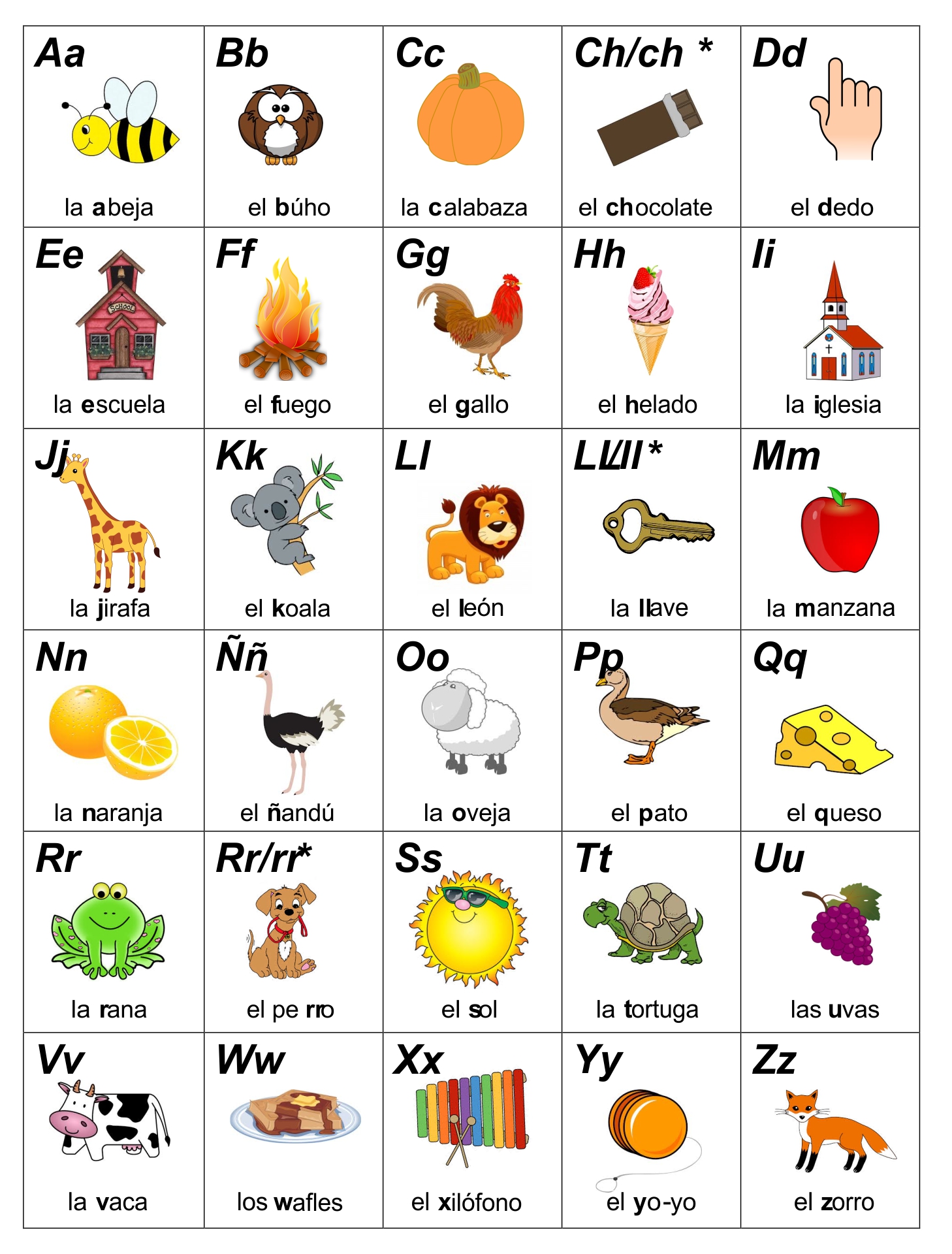
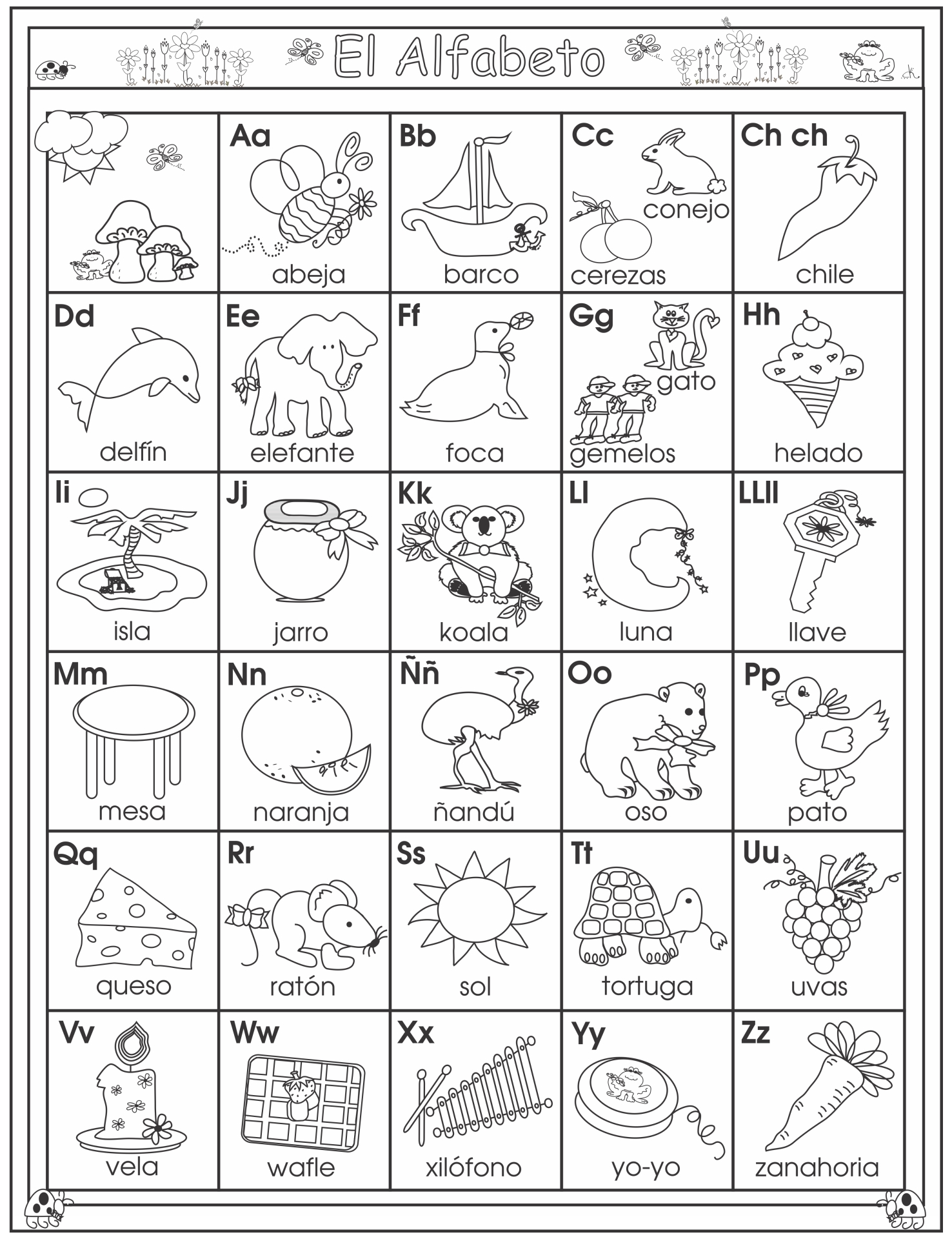
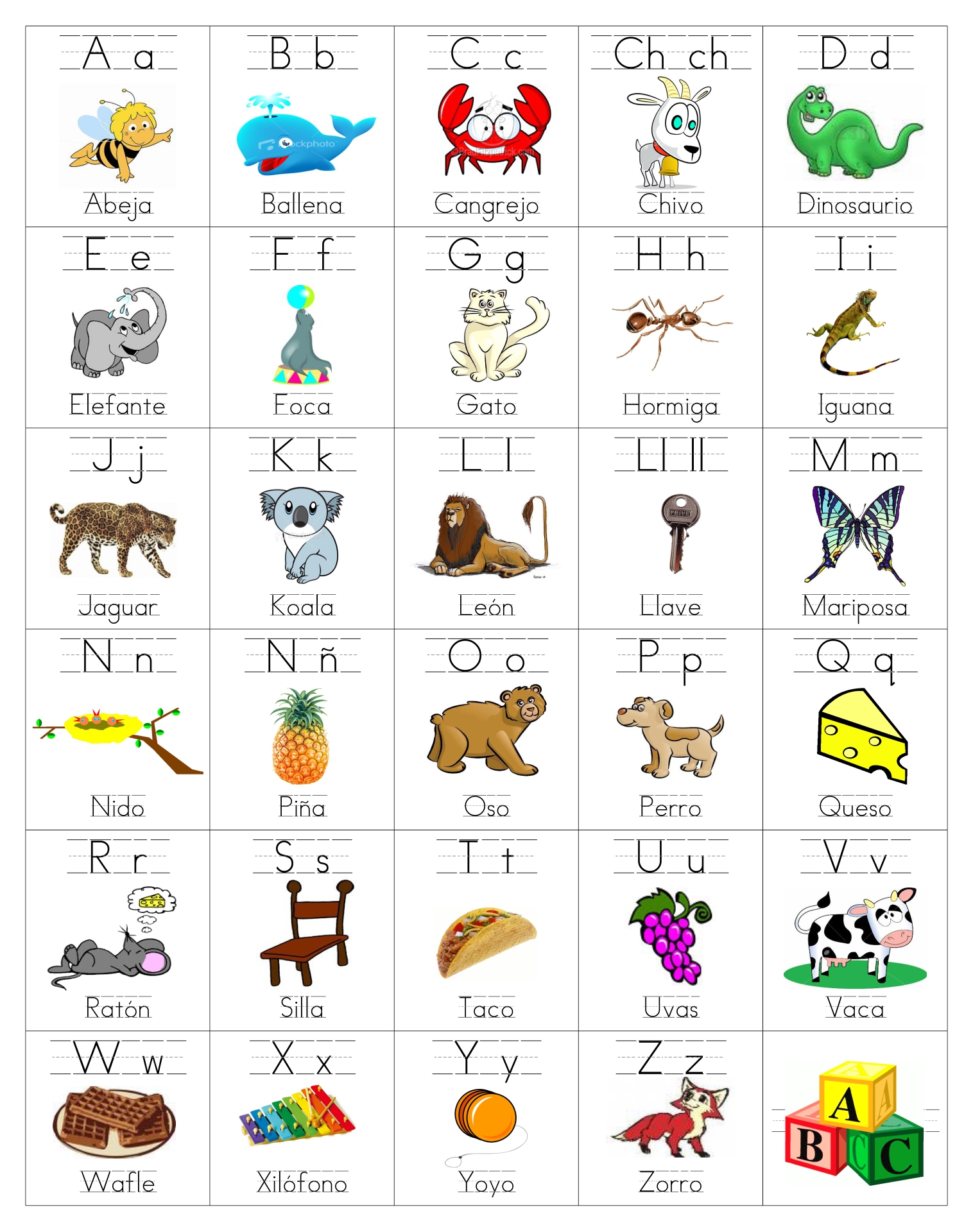
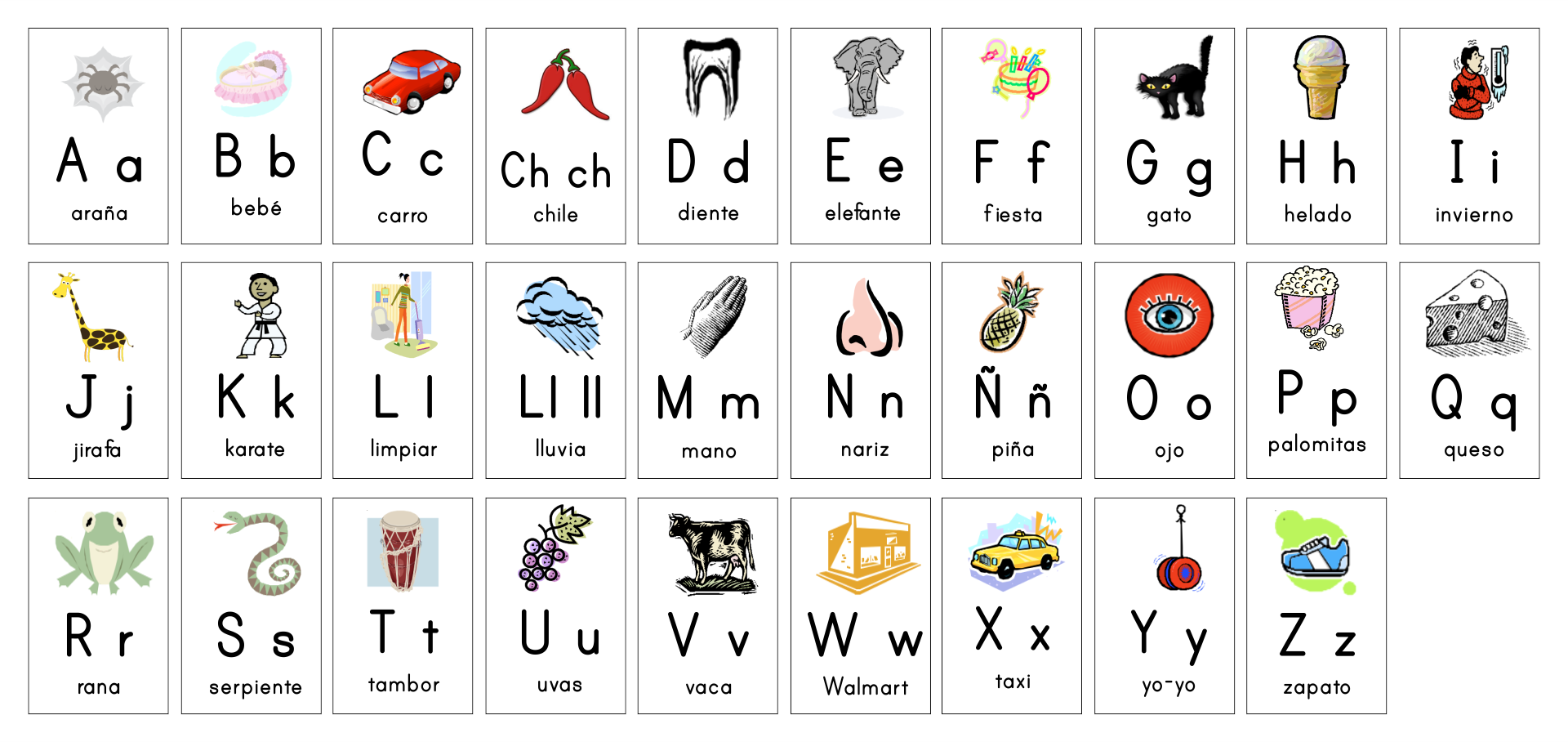
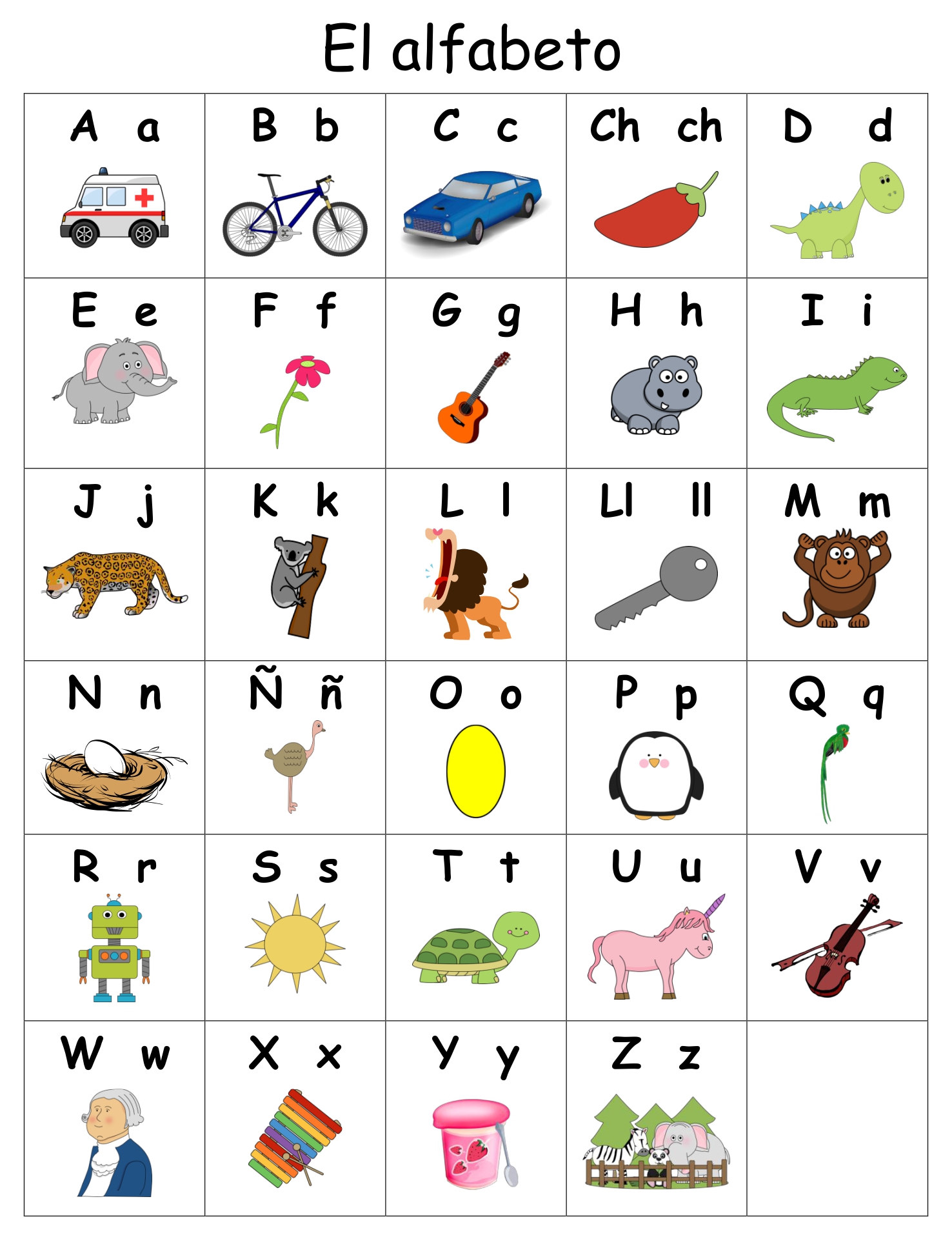
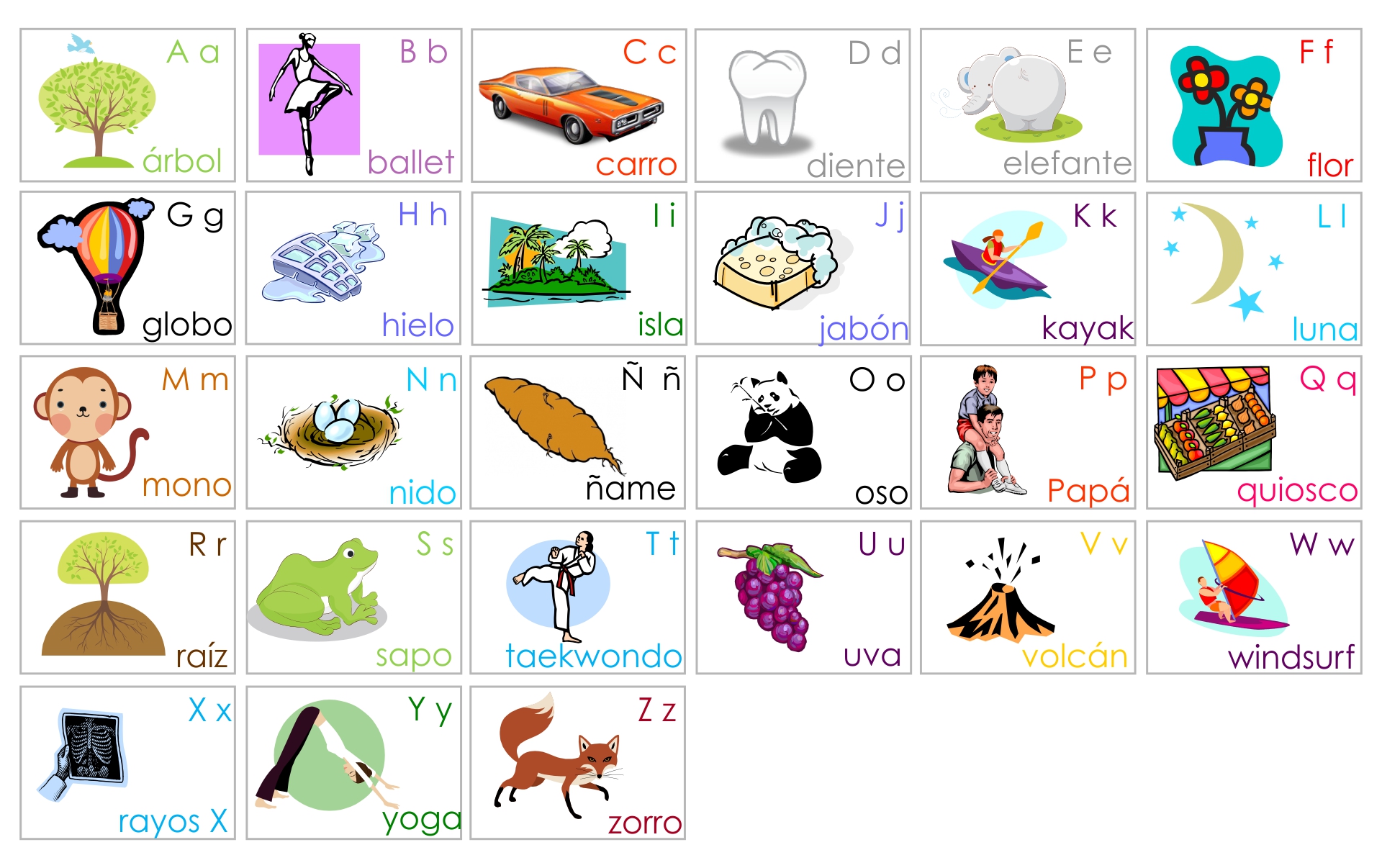
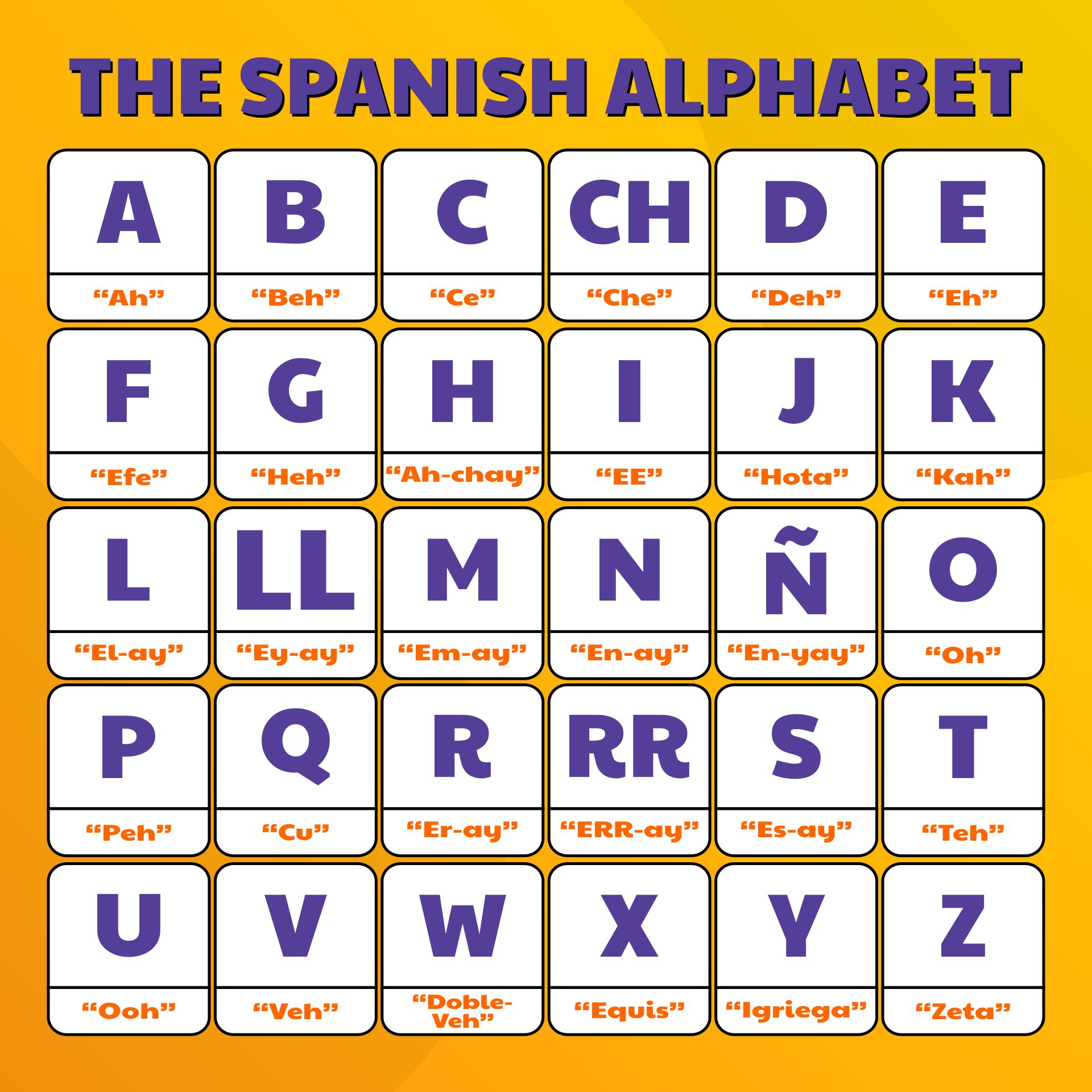
Learning Spanish is a fun journey for kids. It is a beautiful language with great music and culture. Learning Spanish gives kids many new opportunities. In this guide, we will explore interesting and suitable topics that will make learning Spanish exciting and enjoyable, also maybe you can make the DIY letters to enhance learning!
Whether it's exploring traditional stories, going on virtual trips to Spanish-speaking countries, or learning how to have basic conversations, these interesting topics are meant to spark the curiosity of young learners and make learning a new language fun.
When meeting someone, you can start with common greetings such as "Hola" (Hello), In the morning it will be "Buenos días" and "Buenas tardes" in the afternoon, or "Buenas noches" (Good evening/night).
To ask about someone's well-being, you can use phrases like "¿Cómo estás?" (informal) or "¿Cómo está?" (formal), both meaning "How are you?" Additionally, "¿Qué tal?" and "¿Cómo te va?" are informal ways to inquire about how things are going.
Introducing yourself can be done with phrases like "Me llamo [your name]" (My name is [your name]) or "Soy [your name]" (I am [your name]). To ask for someone's name, you can use "¿Cómo te llamas?" (informal) or "¿Cómo se llama usted?" (formal).
When describing objects, you can use these words on printable cards to identify their shapes. For instance, "Esta caja es un cuadrado" (This box is a square) or "El pastel tiene forma de corazón" (The cake is heart-shaped).
Remember to match gender and number when necessary. For example, "Los círculos son amarillos" (The circles are yellow) or "Las estrellas son plateadas" (The stars are silver).
Have something to tell us?
Recent Comments
Printable Spanish alphabet cards are a useful resource for children learning the language, providing a hands-on way to practice letter recognition and pronunciation at home or in the classroom.
Printable Spanish alphabet cards are a valuable tool for language learning, allowing children and beginners to practice vocabulary and spelling in a visually engaging and convenient way.
These Spanish Alphabet Cards are an excellent and helpful resource for learning the language!